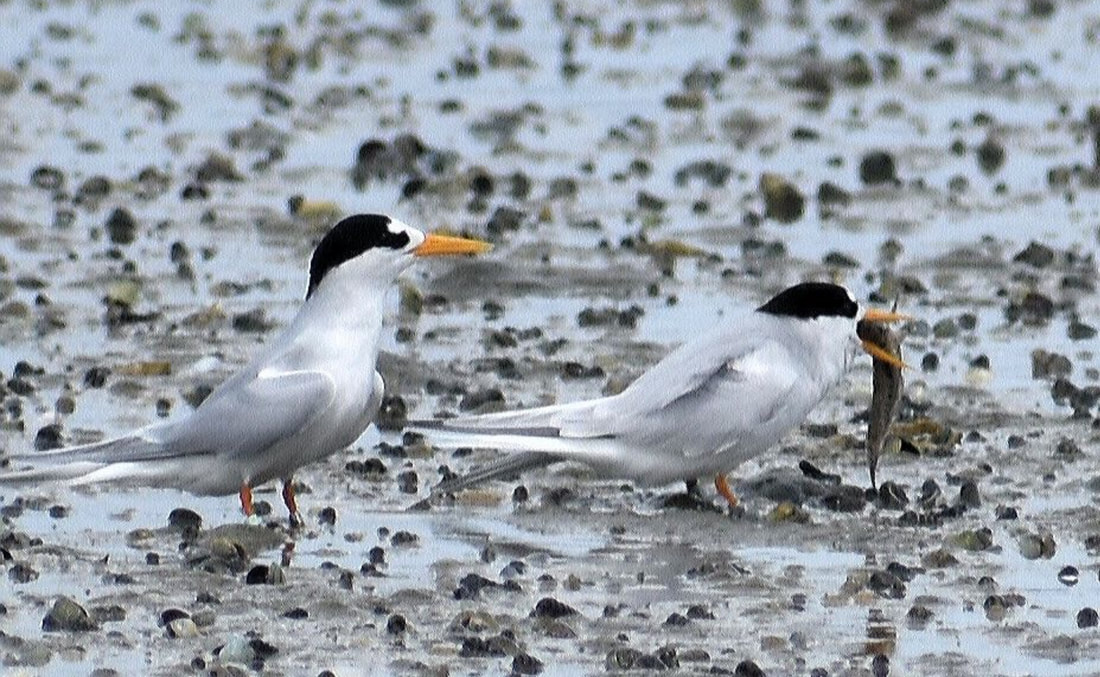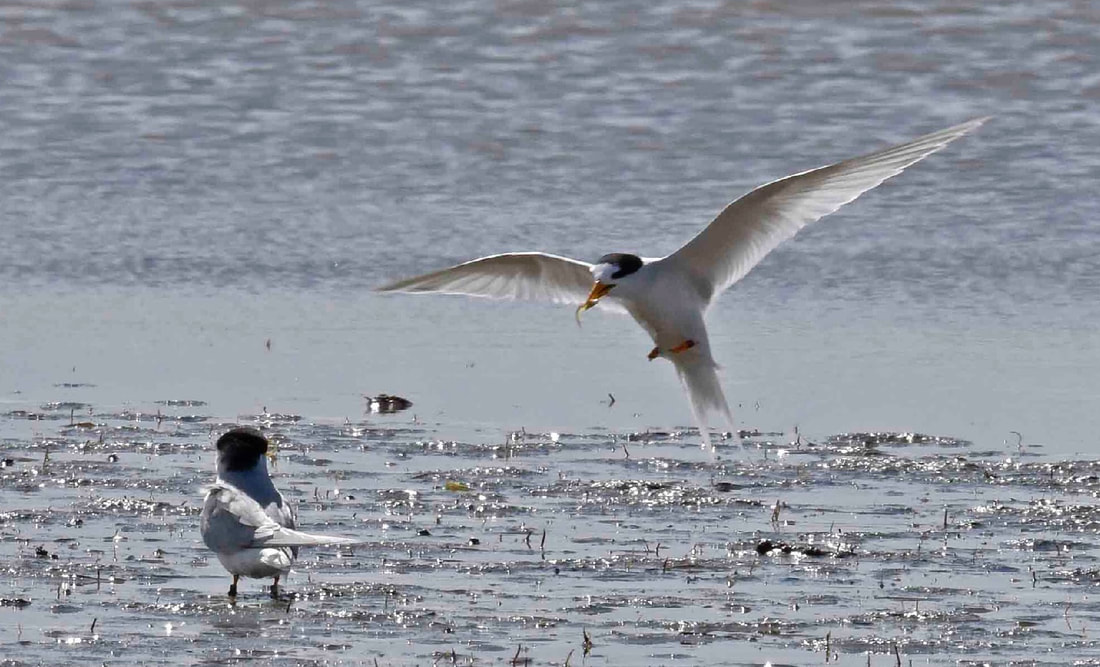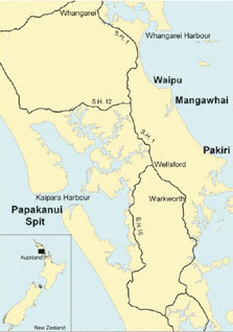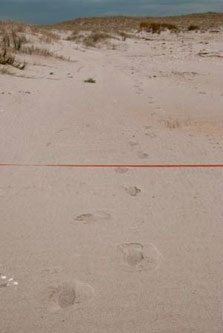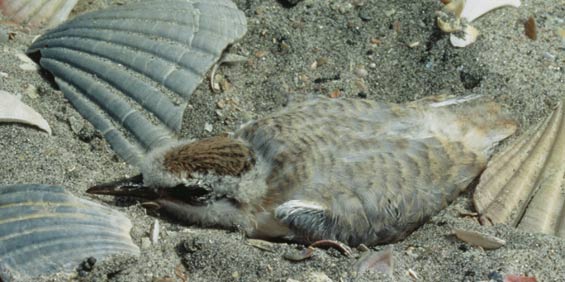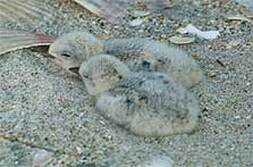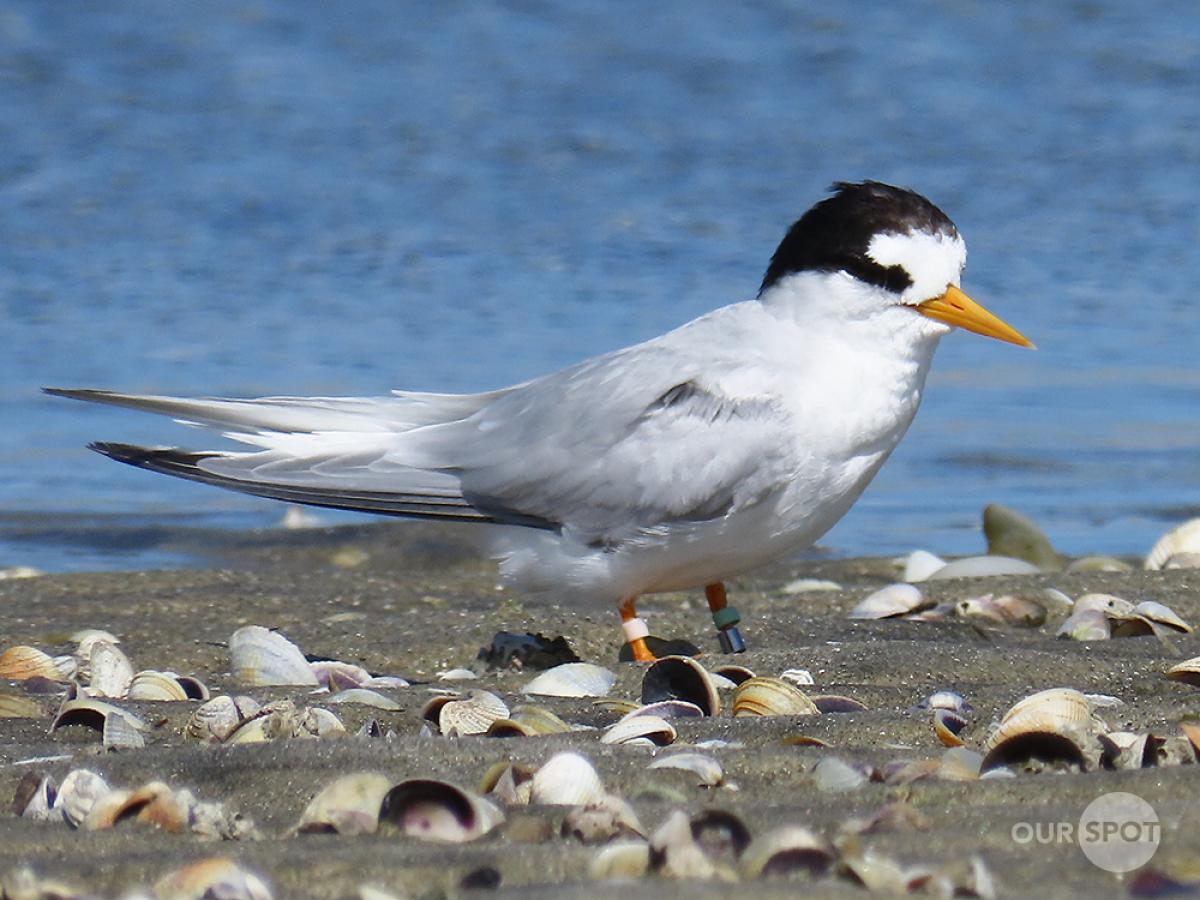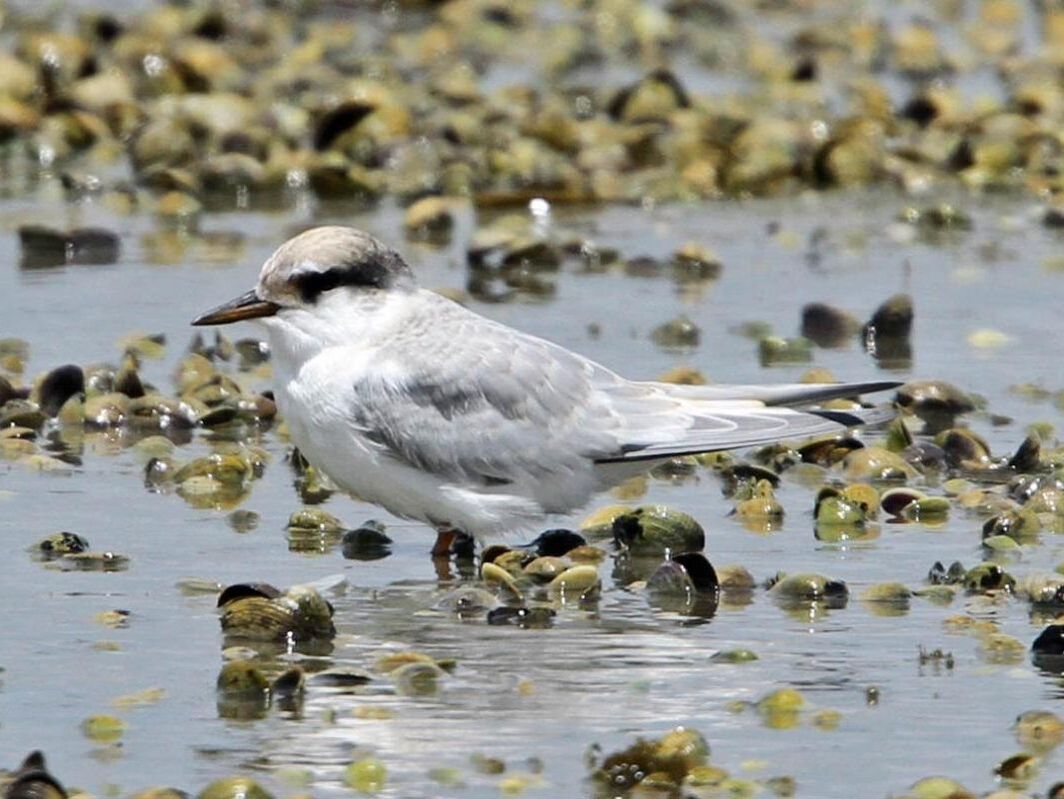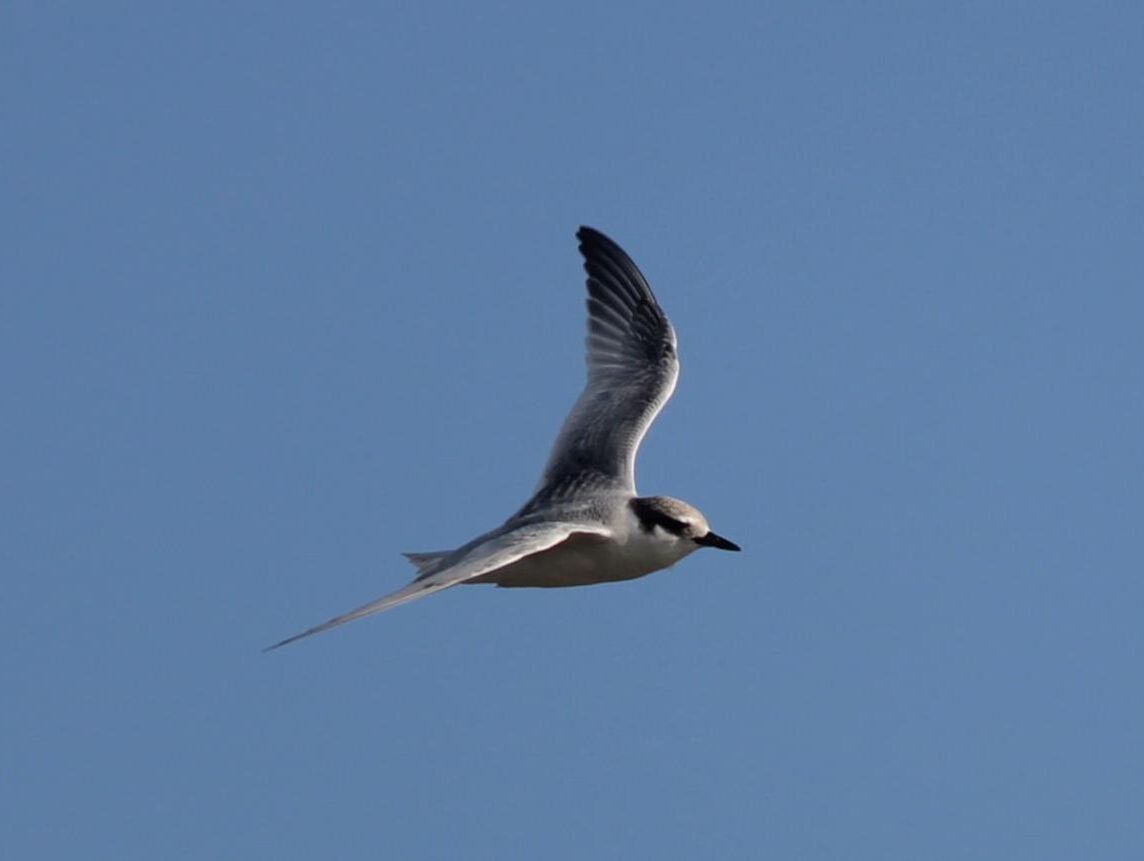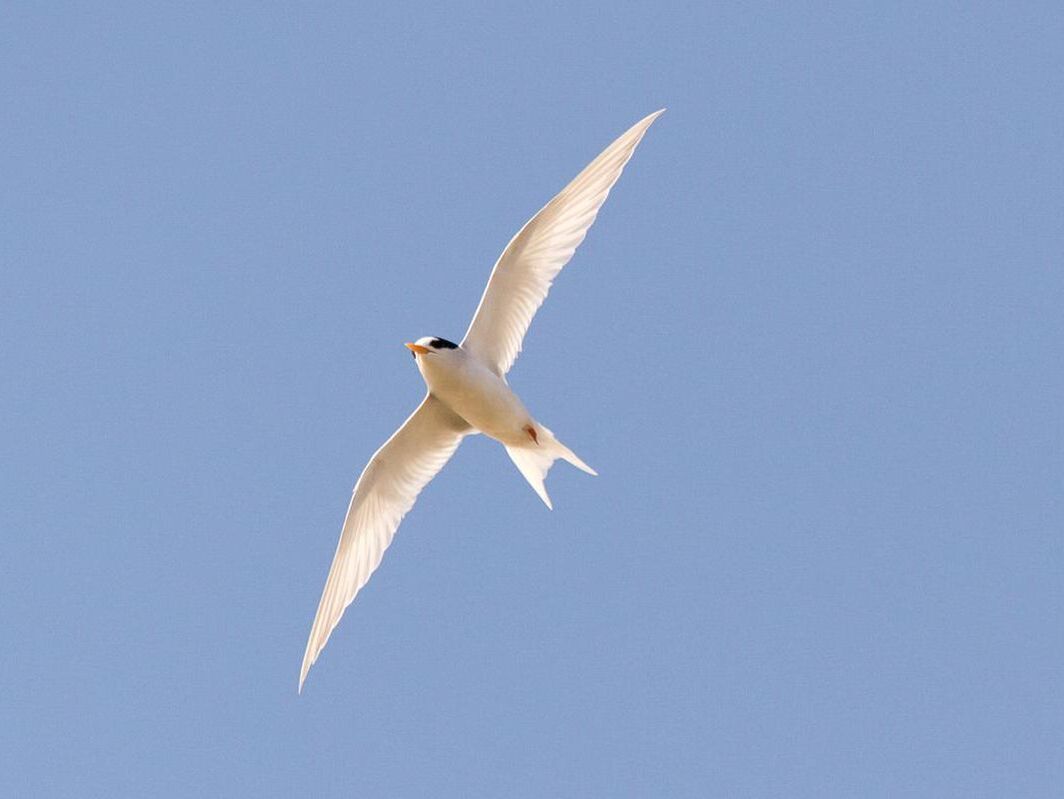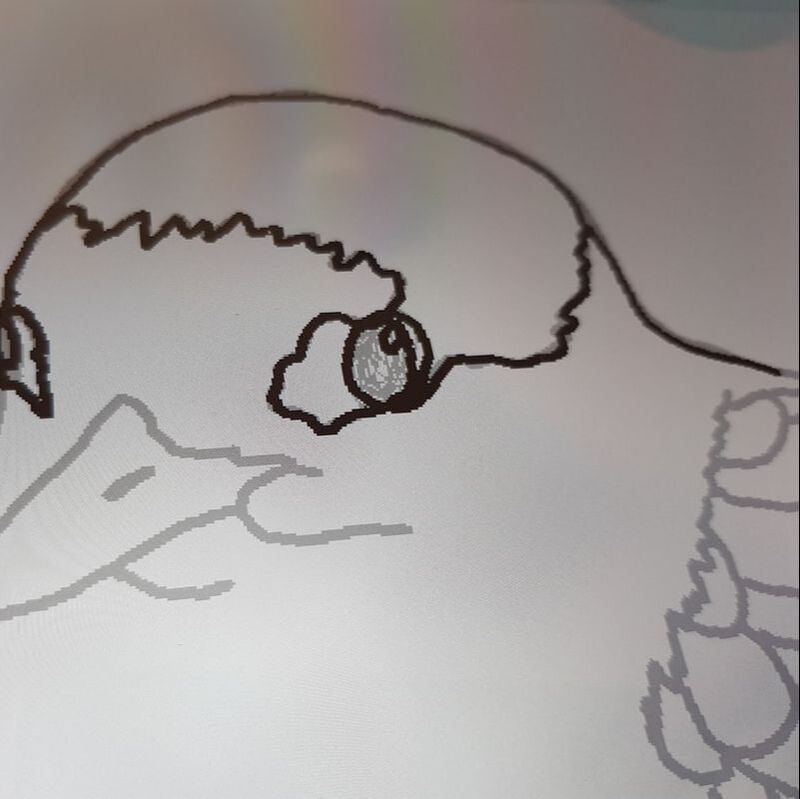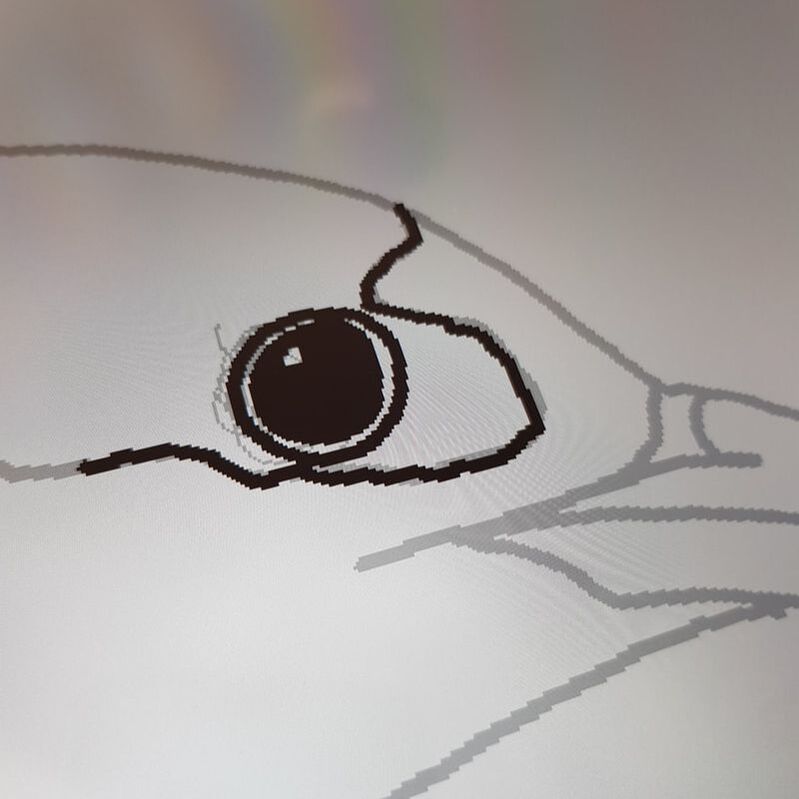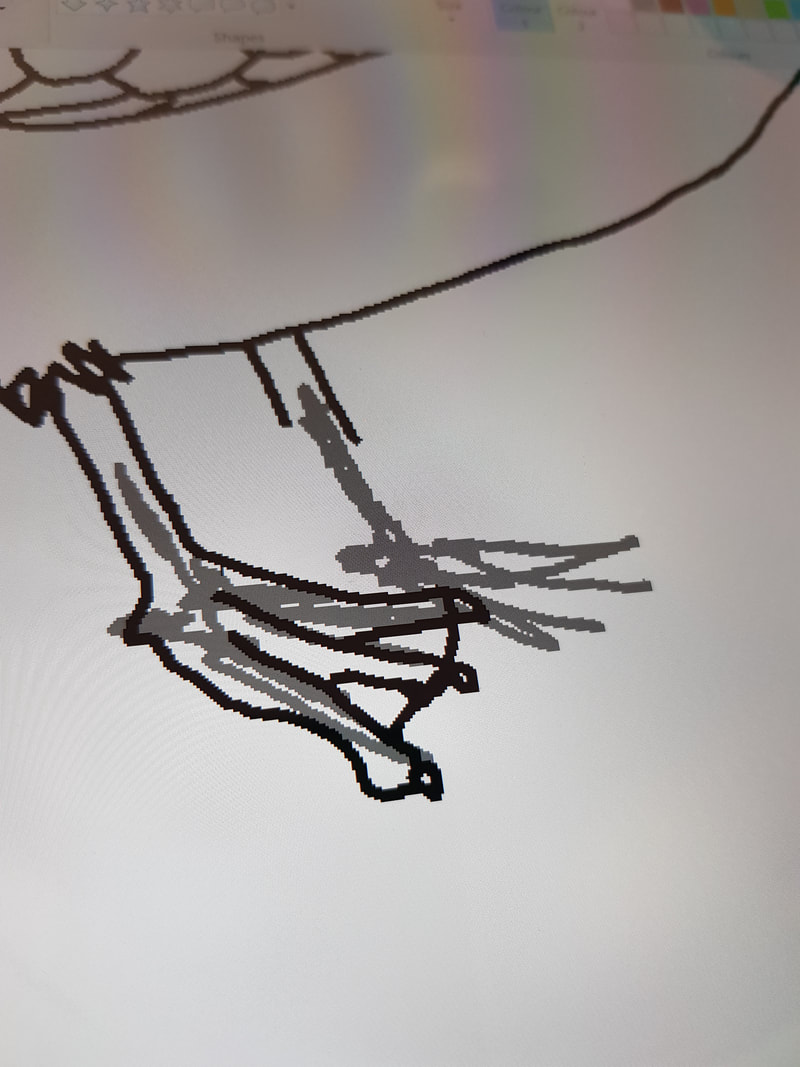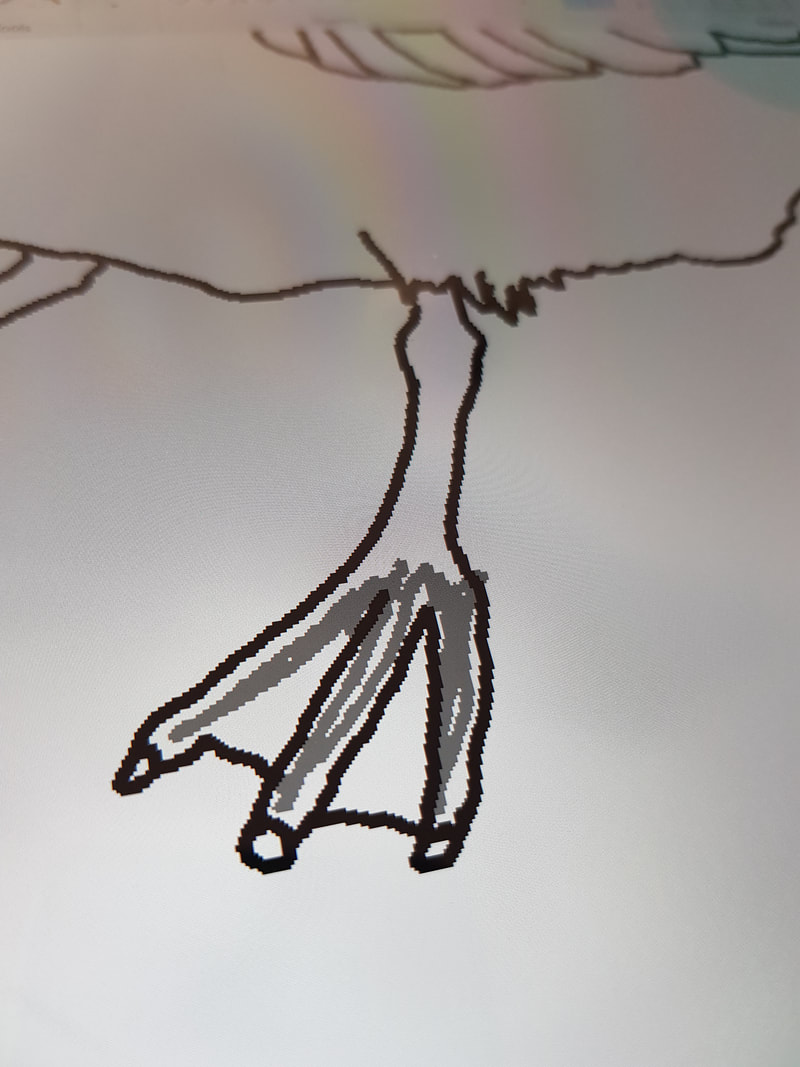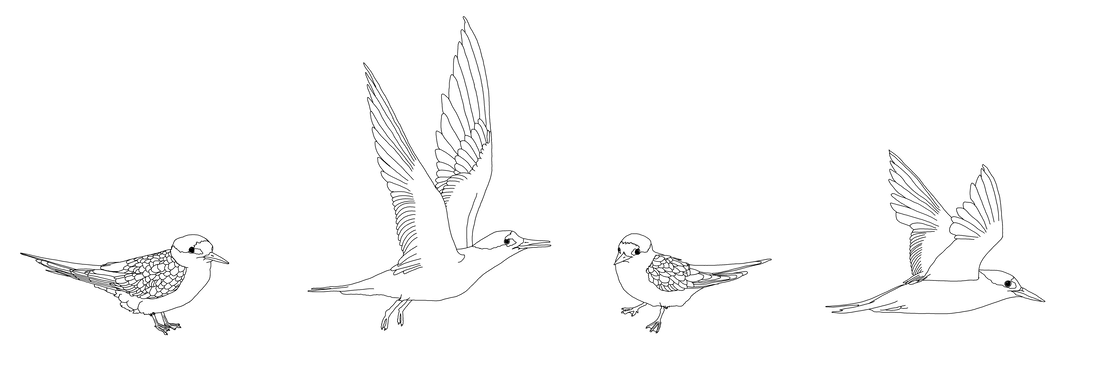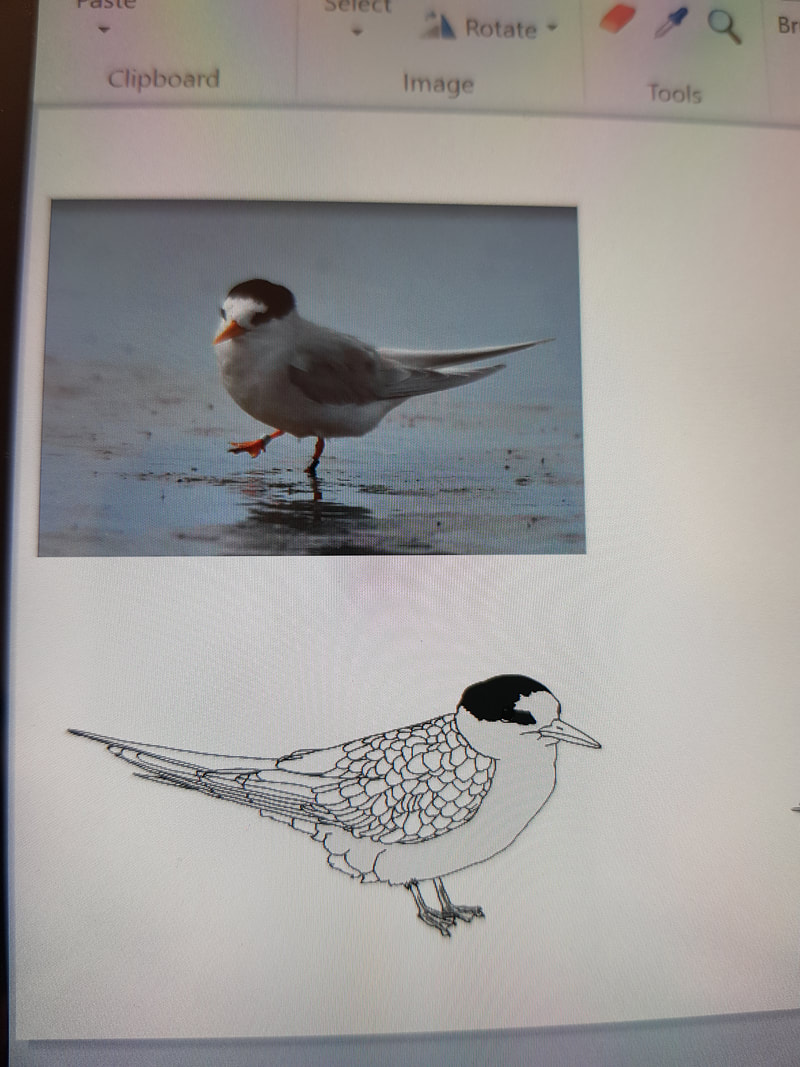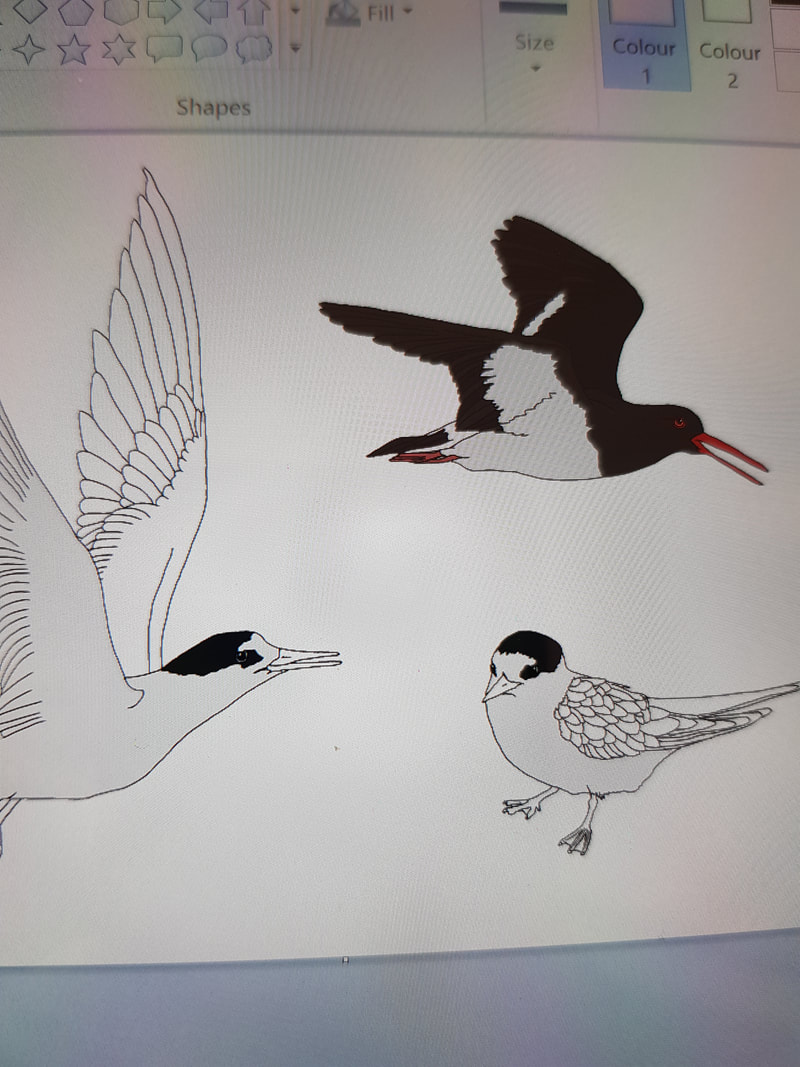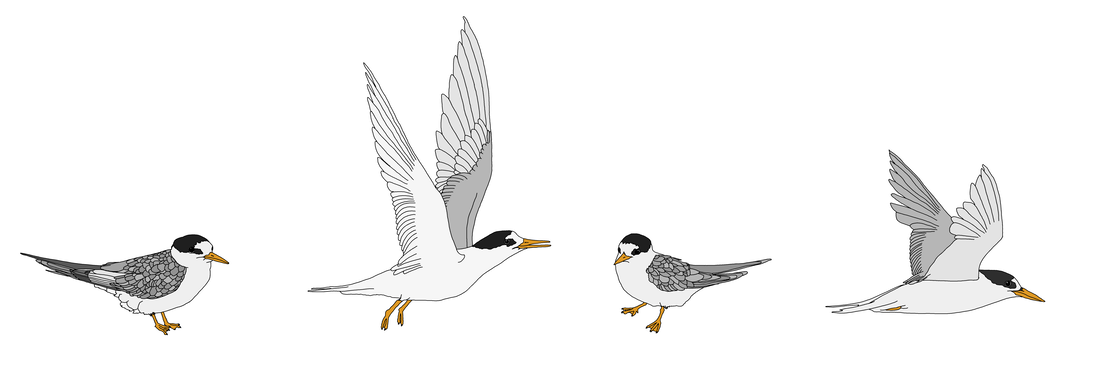The name “fairy tern” is so endearing
In Te Reo, the names of this bird are tara iti, tara teo, or tara teoteo. “Iti” and “teo” mean tiny. Repeating a syllable is often done in Māori as emphasis. “Tara” means tern, but it also has a lot of other meanings. I like the idea of it being a tiny sharp thing.
These photos of courting tara iti come from the New Zealand Fairy Tern Charitable Trust Facebook page. As with all my other posts, click on the link or the photos to go through to the source site.
Sources and resources
The New Zealand fairy tern/tara iti is probably New Zealand’s rarest breeding bird, with a population of around 45 individuals that includes approximately 12 breeding pairs.
It is ranked as an endangered species, and carries a ‘Category A’ priority for conservation action. A Department of Conservation Recovery Plan is currently in action.
Source:
DOC
It is ranked as an endangered species, and carries a ‘Category A’ priority for conservation action. A Department of Conservation Recovery Plan is currently in action.
The New Zealand fairy tern is the smallest tern breeding in New Zealand, and the oldest known fairy tern was 18 years old.
Records from the 19th century suggest that NZ fairy terns used to be widespread around the coast of the North Island and eastern South Island, but were not abundant in any one area.
Source:
DOC
New Zealand fairy terns are now confined to the lower half of the Northland Peninsula. Breeding is limited to four regular sites: Waipu, Mangawhai, Pakiri and the South Kaipara Head.
Nesting in a small scrape in the sand, these delicate sea birds are very vulnerable. Nest sites are roped off and signs erected to alert people to the area.
Source:
DOC
The tara iti – a description
A small tern with pale grey upperparts, white underparts, a yellow-orange bill, and bright orange legs. A black cap covers the crown and nape extending forward to surround the eye, forming an irregular patch in front of it, but never reaching the bill; a rounded white ‘notch’ projects into the black cap above the eye and connects with the white forehead.
Source:
NZ birds online
Source:
NZ birds online
Sketching time
I’m pretty familiar with this general shape of bird now, so these wee beasts were a quick sketch. Getting the eyes and the feet right was the challenge, as usual.
Linework – sorted. Time to colour the birds! Again, I used a mixture of photo references and previous designs, to ensure colour consistency across the range but to still stay quite true to the real colouration of the bird, too.
There you go, have a tara iti design!

